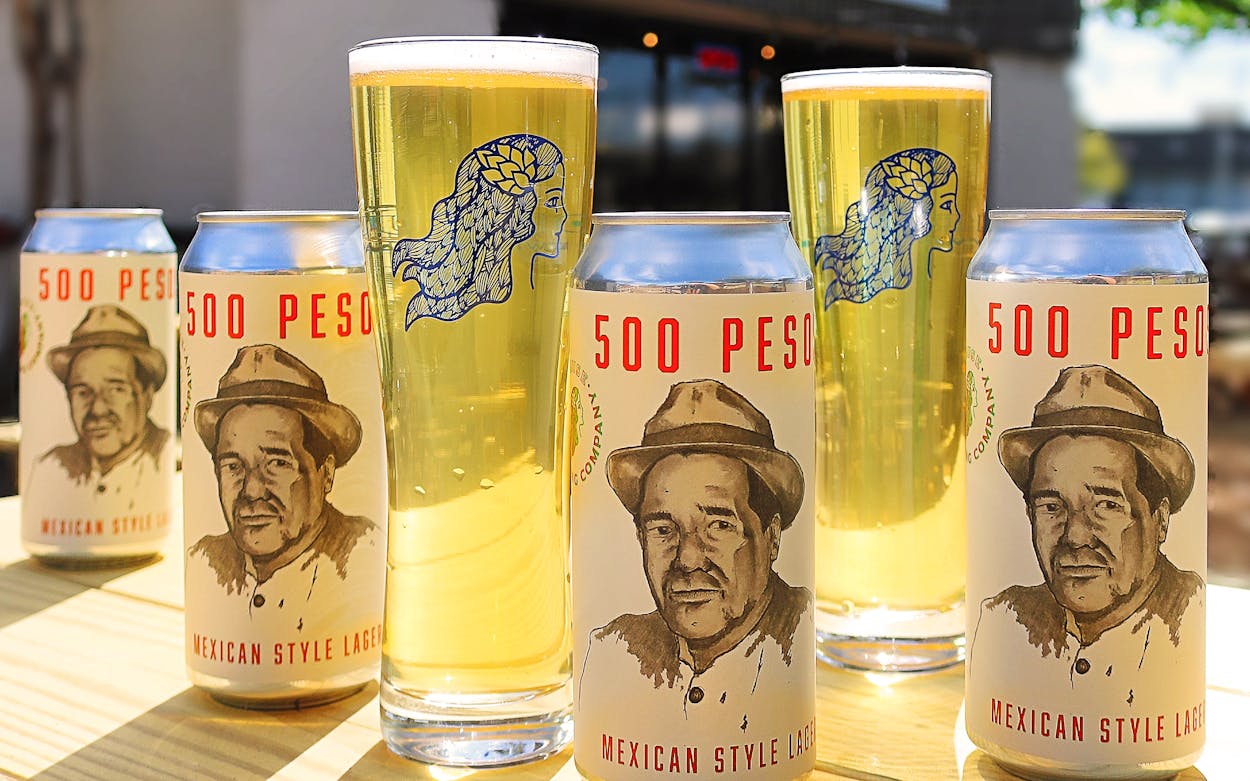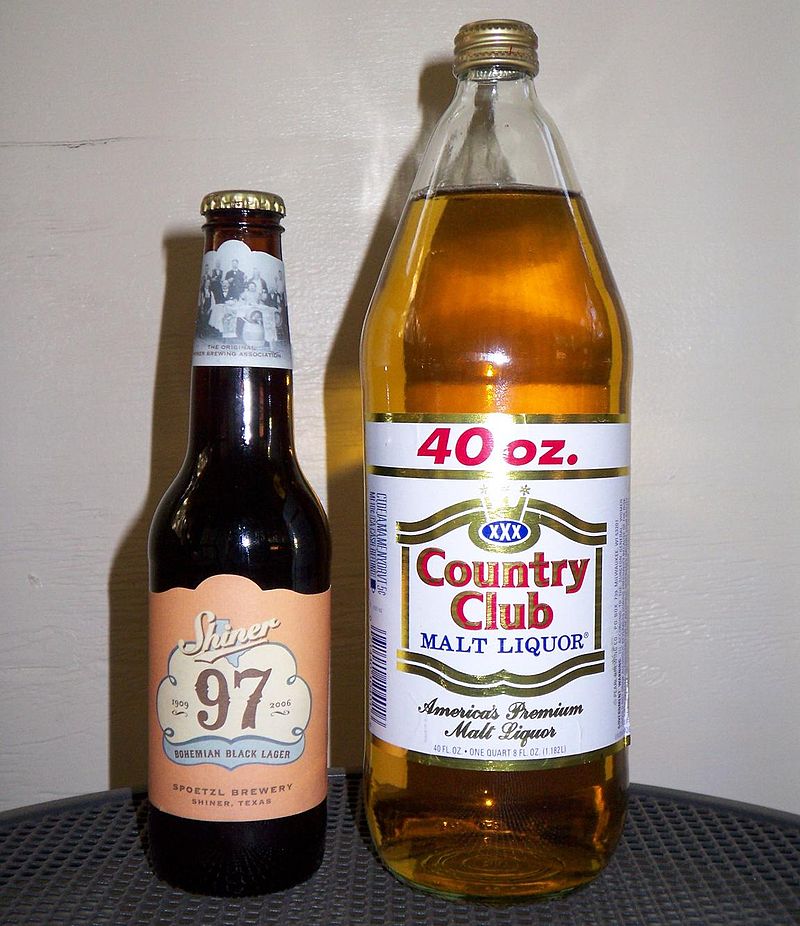Uncovering the Keys of Craft Distillery Manufacturing: A Comprehensive Guide
The intricate procedure of crafting spirits entails a delicate equilibrium of virtuosity and science, with each distillery harboring its very own collection of methods and profession secrets. As we begin on the trip to discover the mysteries behind craft distillery manufacturing, we will peel off back the layers of practice and technology that form the spirits we delight in.
The Art of Active Ingredient Selection
When developing craft spirits, the precise process of active ingredient option plays an important duty in shaping the last top quality and character of the item. Distillers should meticulously consider each element that goes right into their spirits, from the base grains or fruits to the botanicals and various other flavoring agents. The quality of these ingredients directly impacts the taste, scent, and overall experience that the spirit will provide to customers.
Among the key aspects of component selection is sourcing high-grade basic materials. Breweries in Galveston Texas. Whether it's locally grown grains, natural fruits, or uncommon botanicals, making use of the most effective feasible active ingredients establishes the structure for a remarkable output. Craft distillers commonly focus on collaborating with small farmers and distributors that share their dedication to high quality and sustainability
Moreover, the art of component selection also involves understanding just how various aspects communicate during the purification process. Distillers try out various combinations and percentages to accomplish the preferred flavor account and intricacy in their spirits. By mastering the art of ingredient option, craft distillers can produce outstanding and one-of-a-kind products that stand out in the market.
Understanding the Distillation Process
:max_bytes(150000):strip_icc()/LQR_Edit-JapaneseBeers_Facebook-1200x628-2e333b912b254fe1bb2fe9c5987dc1cd.jpg)
The precise selection of premium components sets the foundation for craft distillers to master the distillation procedure and develop outstanding spirits with one-of-a-kind taste profiles. However, truth virtuosity hinges on the distillation process itself. Grasping purification calls for a deep understanding of the science behind separating alcohol from the base active ingredients to accomplish the preferred pureness and taste complexity.
Craft distillers typically make use of pot stills or column stills, each offering unique advantages in the purification process. Pot stills are known for generating spirits with robust and abundant flavors, while column stills succeed at producing clean and smooth spirits. Recognizing exactly how to leverage the staminas of each type of still is critical in crafting spirits that stick out in terms of high quality and taste.
In addition, managing factors such as temperature, pressure, and distillation time is paramount in ensuring a successful purification run. Tiny adjustments in these variables can substantially impact the end product. By very carefully keeping an eye on and tweak these specifications, craft distillers can consistently generate spirits of phenomenal high quality and character.

Secrets of Aging Strategies
Making use of cutting-edge aging techniques enhances the deepness and complexity of craft spirits, boosting them to unrivaled degrees of refinement and refinement. Craft distilleries often experiment with numerous kinds of barrels, such as oak, cherry wood, or even ex-wine barrels, to present one-of-a-kind features to their spirits.

In addition, some craft distilleries employ cutting-edge aging techniques, such as making use of sonic waves or sped up aging methods, to quicken the website link growth procedure without compromising the high quality of the spirit. These sophisticated strategies allow distillers to produce extraordinary aged spirits in a much shorter time framework, meeting consumer demand for top notch items while maintaining the honesty of traditional aging methods.
Development in Taste Advancement
Cutting-edge methods to taste growth in craft distilleries are transforming the art of spirit manufacturing (Seawall Bar). Craft distilleries are increasingly pressing the borders of standard flavor accounts by trying out distinct active ingredients, non-traditional techniques, and innovative cooperations. One noteworthy pattern is the resurgence of heirloom grains and locally sourced botanicals, allowing distillers to craft spirits with distinct regional flavors that record the significance of their surroundings
Moreover, craft distillers are venturing right into barrel-aging experiments to give complicated flavors to their spirits in much shorter durations. Methods such as using smaller sized barrels, explore various sorts of wood, and leveraging different aging atmospheres contribute to the creation of cutting-edge flavor profiles that test traditional aging norms.
Additionally, the surge of technology in taste development can not be forgotten. Craft distilleries are utilizing innovative devices like rotating evaporators, vacuum purification, and ultrasonic homogenizers to extract nuanced flavors from fruits and botanicals, resulting in a brand-new frontier reference of possibilities in crafting remarkable and special spirits. This devotion to development in taste growth sets craft distilleries apart in the competitive spirit market, bring in aficionados seeking novel sampling experiences.
Sustainability Practices in Distilleries
In the middle of expanding environmental worries and an enhanced focus on corporate obligation, distilleries are significantly adopting sustainable methods to lessen their ecological footprint and promote long-lasting ecological stewardship. Galveston Liquor. Lasting methods in distilleries incorporate a variety of initiatives focused on minimizing power intake, water use, waste generation, and total ecological influence
One trick facet of sustainability in distilleries entails power performance measures such as utilizing renewable energy sources like solar or wind power, implementing energy-saving technologies, and optimizing production procedures to decrease power wastefulness. Water preservation is an additional crucial area where distilleries are making strides by recycling water, implementing water-saving technologies, and recycling water in numerous phases of production.
Additionally, waste management practices are being boosted via recycling, composting, and waste-to-energy efforts to minimize the amount of waste sent to land fills. Some distilleries are additionally concentrating on sourcing local components to support regional economic situations and lower the carbon footprint related to transport. On the whole, by accepting sustainable techniques, distilleries can not only reduce their ecological effect but additionally add to a more lasting and responsible industry.
Final Thought
To conclude, the craft distillery manufacturing process involves cautious ingredient option, grasping purification methods, maturing techniques, taste advancement, and sustainability techniques. By comprehending and implementing these keys, distilleries can create top quality and one-of-a-kind spirits that stick out on the market. Continual development and a dedication to sustainability are essential consider the success of craft distilleries in today's affordable industry.
The elaborate procedure of crafting spirits involves a fragile balance of artistry and scientific research, with each distillery harboring its own collection of strategies and trade tricks. As we get started on the journey to reveal the secrets behind craft distillery manufacturing, we will peel back the layers of custom and advancement that shape the spirits we delight in. Craft distilleries typically experiment with different kinds of barrels, such as oak, cherry wood, or also ex-wine casks, to give unique qualities to their spirits.Innovative strategies to flavor advancement in craft distilleries are reinventing the art of spirit production. Craft distilleries are using advanced equipment like rotary evaporators, vacuum cleaner distillation, and ultrasonic homogenizers to remove nuanced flavors from fruits and botanicals, leading to a new frontier of opportunities in crafting distinct and outstanding spirits.